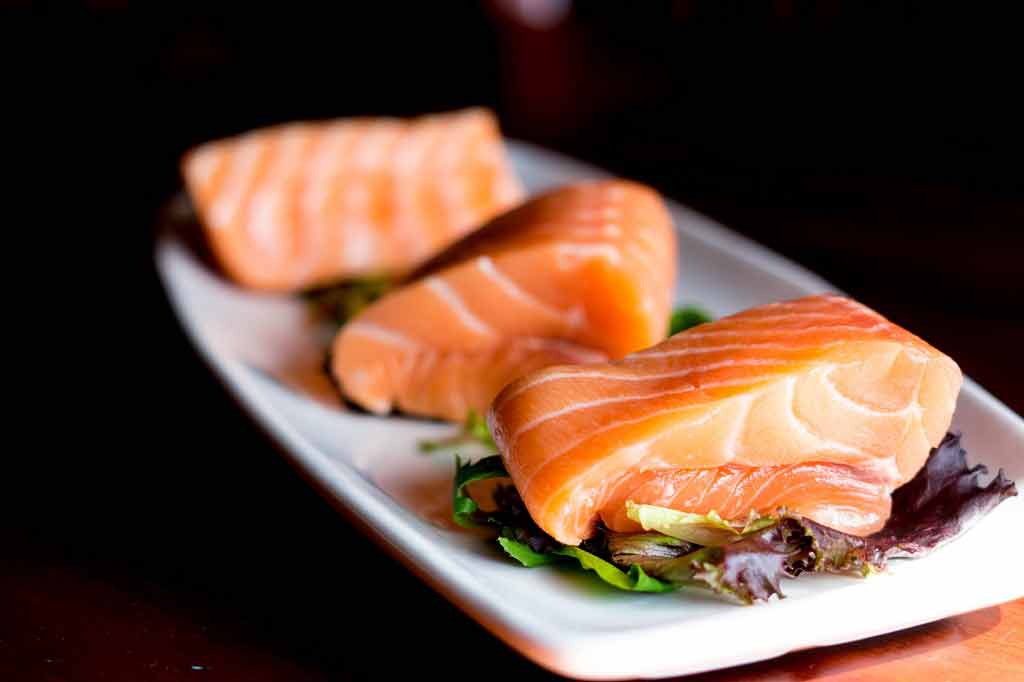Red meat consumption linked to breast cancer
Cancer

"Eating a lot of red meat in early adult life may slightly increase the risk of breast cancer," BBC News reports. The study it reports on suggests swapping bacon and steak for nuts, vegetables and chickens may be a wise decision for young adults…
“Eating a lot of red meat in early adult life may slightly increase the risk of breast cancer,” BBC News reports.
The news is based on a large US study that looked at the protein dietary intake of almost 90,000 female nurses and their risk of breast cancer over a 20-year period.
Previous studies have focused on the dietary intake of those in their "midlife" and older populations. In this particular study, however, researchers were interested in finding the potential link between diet and breast cancer risk in early adulthood.
The main finding was that a higher intake of red meat (which included both processed and unprocessed meat) was associated with a 22% increased risk of breast cancer.
The results suggest that women who chose healthier sources of protein – such as chicken, nuts and lentils – had a decreased risk of breast cancer.
The study is certainly not without its limitations, particularly because it relied on participants’ recall of dietary intake.
However, there is evidence that reducing your consumption of red meat to 70g a week or less could also reduce your risk of bowel cancer.
Where did the story come from?
The study was carried out by researchers from Harvard School of Public Health in the US, Shahid Beheshti University of Medical Sciences in Tehran, Iran, and other US institutions.
It was funded by the National Institutes of Health and was published in the peer-reviewed journal BMJ. The article has been published on an open-access basis, meaning it is freely available to read online.
The researchers previously carried out an early analysis of this study with a 12-year follow up period and published their findings. Their current publication has a longer follow-up period, of 20 years.
The story was covered extensively in the UK media, and most of the coverage accurately reflects the study’s findings.
However, the Mail Online reported that “three bacon rashers a day raises breast cancer risk for young women”, but it is unclear where the figure of three rashers came from.
The study only reports data for total red meat consumption, including both processed and unprocessed, with precise quantities (in either grams or number of items) not provided.
What kind of research was this?
This was a prospective cohort study investigating the link between dietary protein in early adulthood and the risk of breast cancer.
A cohort study looks at how particular exposures affect groups of people over time. This type of research is normally used to look at the effect of suspected risk factors that cannot be controlled experimentally – for example, the effect dietary protein plays on the risk of breast cancer. Results from prospective studies are usually considered as more robust then retrospective studies, which either use data that was collected in the past for another purpose, or ask participants to remember what happened to them in the past.
What did the research involve?
The study included 88,803 female nurses aged between 24 and 43, all from the US. These women had all participated in a wider study (Nurses Health Study II) and had completed a questionnaire about usual dietary intake in the past year, in 1991.
The researchers considered the findings from the 1991 questionnaire to represent dietary intake in early adulthood.
The nurses then completed the same, or a similar, questionnaire in 1995, 1999, 2003 and 2007. In the questionnaires, responses were given for commonly used portion sizes, with nine categories of intake frequency that ranged from “never or less than once per month” to “six or more per day”.
For analysis purposes, women were categorised into one of five categories, according to food group or nutrient intake.
The researchers were interested in investigating the potential link between total intake of unprocessed red meat (e.g. beef, pork, lamb) and processed red meat (e.g. hot dogs, bacon, salami) before menopause and the subsequent risk of breast cancer up to 2011 (in the 20-year follow-up period).
In addition to this, they looked at links between breast cancer and other protein-rich foods, including:
- poultry (e.g. chicken, turkey)
- fish
- eggs
- legumes (e.g. tofu, lentils, soybeans)
- nuts
The main outcome the researchers were interested in was the number of breast cancer cases identified through self-reporting and confirmed with pathology. New cases of breast cancer were identified every two years, through questionnaires.
The researchers used statistical techniques to analyse their results and adjusted the results for multiple factors, including family history of breast cancer, energy intake and smoking.
They analysed their results for all women, as well as by menopausal status.
Women were considered premenopausal if they still had menstrual periods or had a hysterectomy with at least one ovary remaining, and were younger than 46 (for smokers) or 48 years (for non-smokers).
Women were considered postmenopausal if they reported no longer having menstrual periods or had undergone surgery to remove both their ovaries.
They also estimated the effect of substituting one serving per day of poultry, fish, legumes, eggs or nuts for one serving of red meat.
What were the basic results?
The average age of women in 1991 was 36.4 years. Over the 20-year follow-up period, there were 2,830 cases of breast cancer recorded. The main findings of the study were that:
- higher intake of total red meat was associated with an increased risk of overall breast cancer (relative risk [RR] 1.22, 95% confidence interval [CI] 1.06 to 1.40 for highest fifth of red meat consumption, compared to the lowest fifth of consumption)
- higher intakes of poultry, fish, eggs, legumes and nuts were not associated with overall risk of breast cancer
- higher intake of poultry was associated with a lower risk of breast cancer among postmenopausal women (RR 0.73, 95% CI 0.58 to 0.91) for highest fifth of consumption compared to lowest fifth), but not in premenopausal women (RR 0.93, 95% CI 0.78 to 1.11 for highest fifth compared to lowest fifth of consumption)
Findings were not presented for processed vs. unprocessed meats and risk of breast cancer.
When estimating the effects of exchanging different protein sources:
- substituting one serving of legumes (such as nuts, peas and lentils) a day for one serving of red meat a day was associated with a 15% lower risk of breast cancer among all women (RR 0.85, 95% CI 0.73 to 0.98) and a 19% lower risk among premenopausal women (RR 0.81, 95% CI 0.66 to 0.99)
- substituting one serving of poultry a day for one serving of red meat a day was associated with a 17% lower risk of overall breast cancer (RR 0.83, 95% CI 0.72 to 0.96) and a 24% lower risk of postmenopausal breast cancer (RR 0.76, 95% CI 0.59 to 0.99)
- substituting one serving a day of combined legumes, nuts, poultry and fish for one serving a day of red meat was associated with a 14% lower risk of overall breast cancer (RR 0.86, 95% CI 0.78 to 0.94) and premenopausal women (RR 0.86, 95% CI 0.76 to 0.98)
How did the researchers interpret the results?
The researchers concluded that a higher intake of red meat in early adulthood may be a risk factor for breast cancer, and that replacing red meat with a combination of legumes, poultry, nuts and fish may reduce this risk.
Conclusion
Overall, this cohort study found that a higher intake of red meat was associated with higher risk of breast cancer among a large group of US female nurses. The studies strengths include the large population size, the study’s prospective nature and the fact there was a relatively long follow-up period (20 years).
The researchers note limitations to their study, which should be considered when interpreting the findings. These include the fact that:
- the participants were predominantly white, educated US females, so caution should be taken when generalising the findings to other races or ethnic groups
- dietary intake was assessed using a food frequency questionnaire, which relied on participants recalling their dietary intake over the previous year. It is likely that participants did not accurately report their dietary intake, which introduces some measurement bias
- the researchers adjusted their results for multiple confounders (e.g. family history of breast cancer and smoking); however, it is possible that other factors, which the researchers did not take into account, could have affected results
- the findings related to substituting foods are estimates only and may not reflect actual effects of protein substitution
It is important to note that this is only one study and needs to be interpreted alongside the wider body of current evidence related to dietary factors and cancer risk.
It is not yet clear whether this study, alongside other potential future evidence, will lead to a different set of conclusions about dietary links with breast cancer.
However, it should not be concluded from this particular study alone that red meat and processed meat increase the risk of breast cancer.
To try and reduce your risk of cancer overall, you should follow a healthy, balanced diet high in fruit and vegetables, and low in saturated fats and sugars, as well as limiting your alcohol intake and exercising in line with recommendations.






 Subscribe
Subscribe Ask the doctor
Ask the doctor Rate this article
Rate this article Find products
Find products








